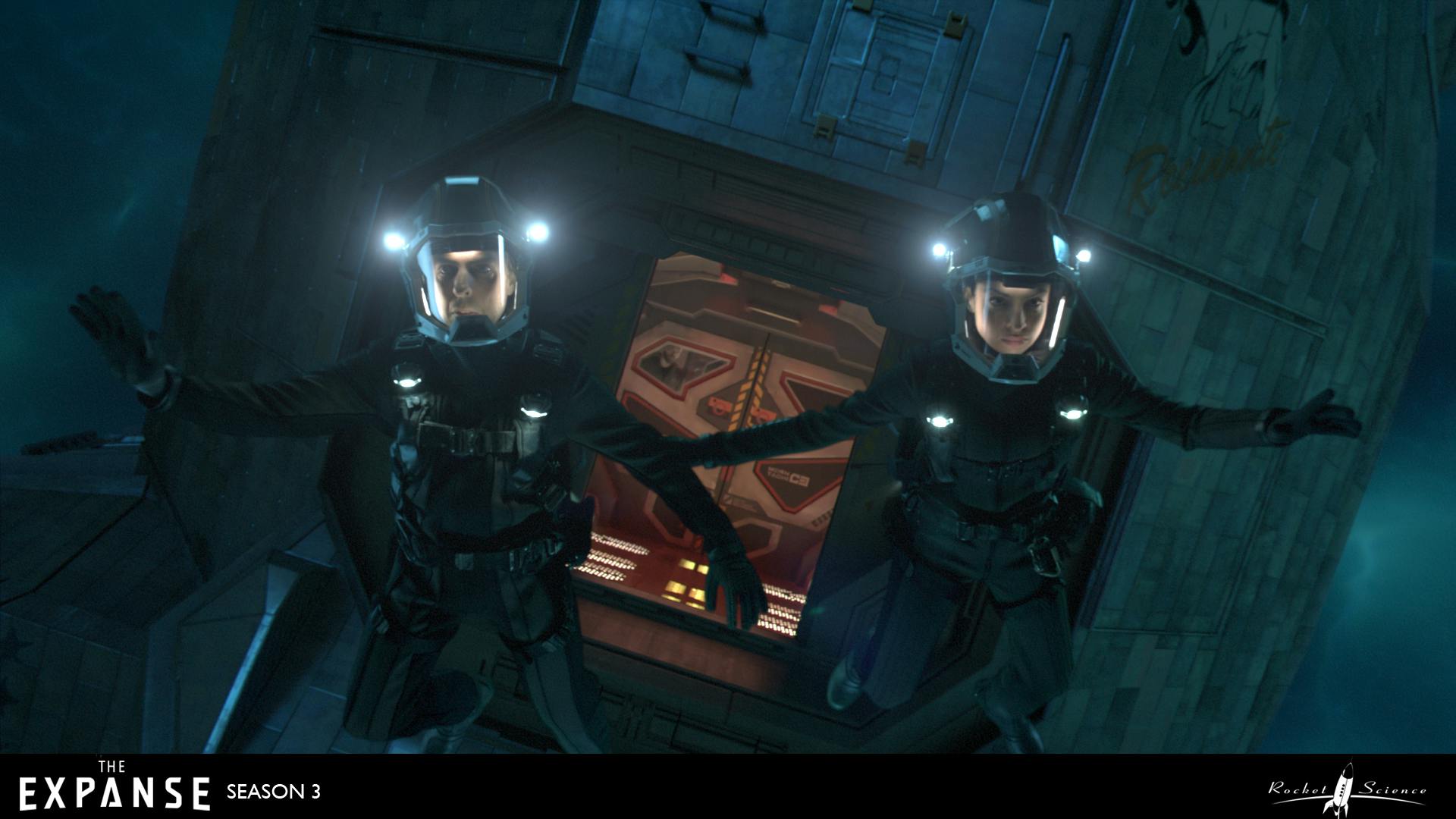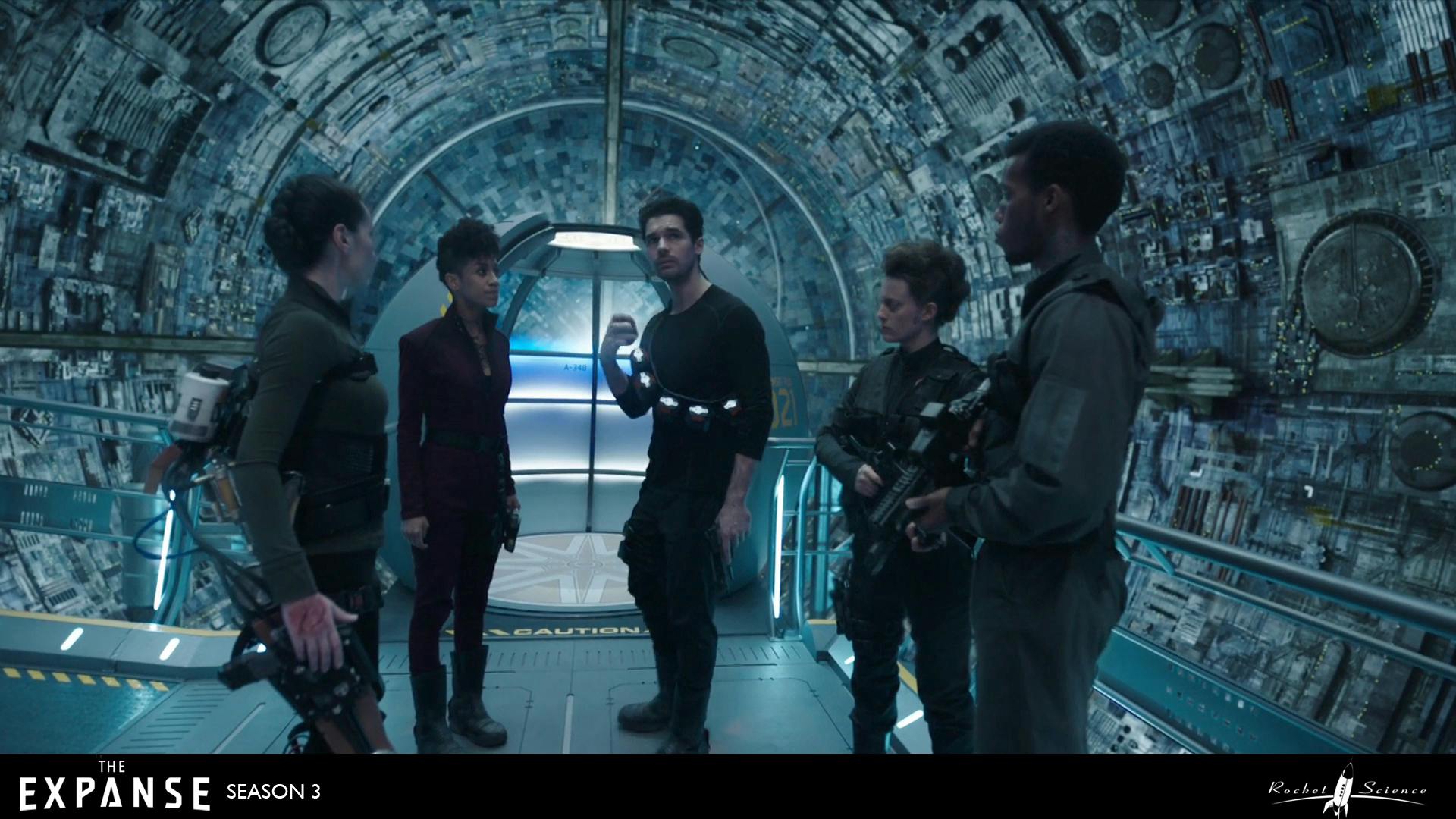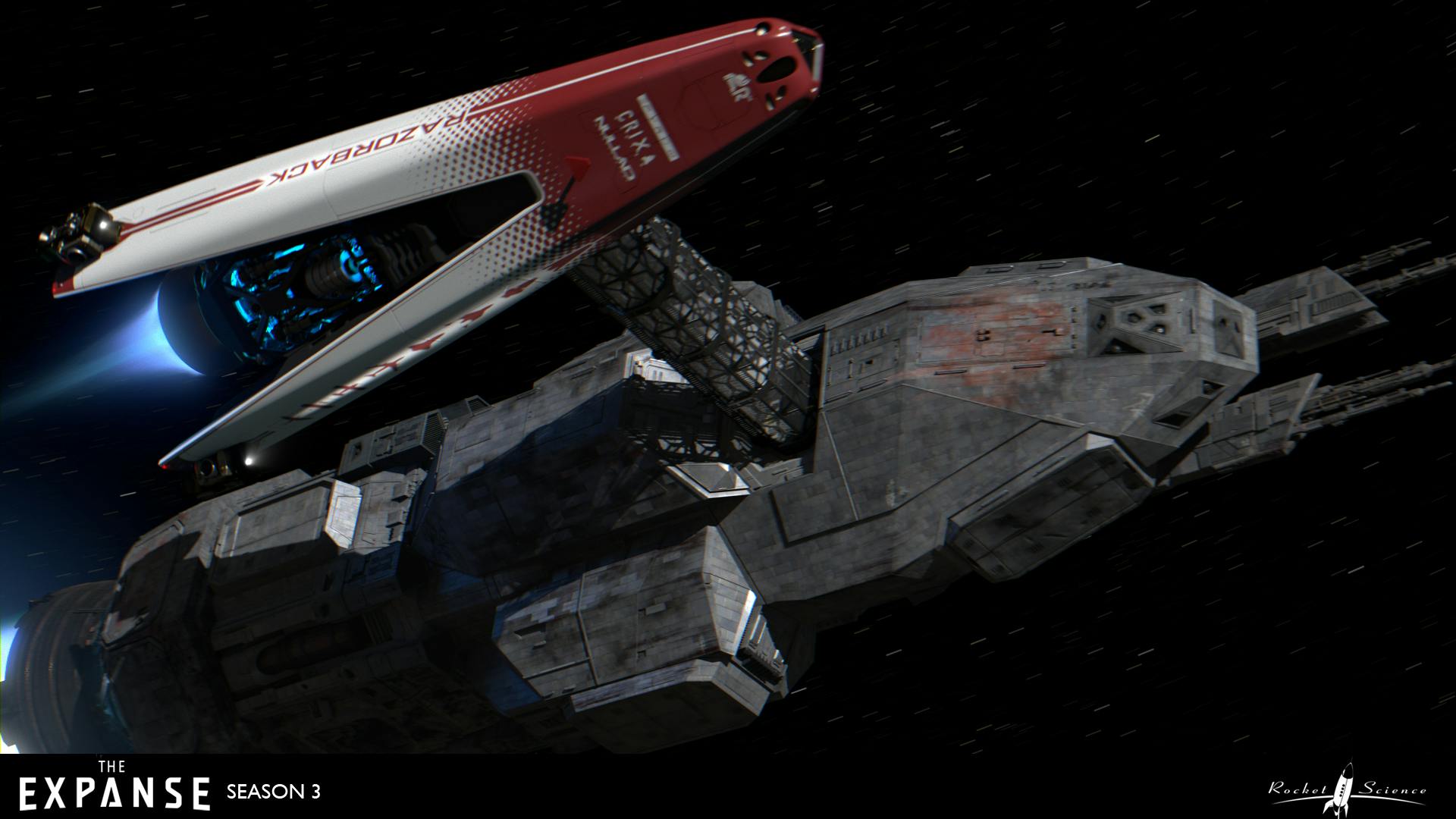AWS for M&E Blog
Rocket Science VFX scales its render farm to the cloud
Organic growth has been a key focus for Toronto-based Rocket Science VFX from its inception more than 15 years ago. Since then, the visual effects studio has thoughtfully expanded its pool of artists to accommodate client needs while also providing a stable working environment. This measured approach, along with access to Amazon Elastic Compute Cloud (EC2) GPU resources, has enabled Rocket Science VFX to maintain a boutique-like atmosphere even with an increasing volume and complexity of episodic VFX work for shows like “Into the Badlands,” “Hannibal,” “The Boys,” and “The Expanse.”


“Quick turnaround is the norm in this business, and we’ve found that using GPU rendering gets us the results we want on our timeline,” said Rocket Science VFX Operations Director Graham Peddie. “We built a local setup of 50 blades running Redshift, but when we started work on ‘The Expanse’ season four, we needed a lot more juice. Tapping into the huge data centers of AWS, we were able to get the GPU horse power needed to get the work done.”
Rocket Science VFX’s shots for the upcoming season four of “The Expanse,” many of which were full CG, included detailed spaceships in heavy environments and with sophisticated lighting. As the show’s primary vendor, the studio’s work was integral to key story points and having access to extra render resources through EC2 gave them more time to iterate and refine shots.


“With AWS, we’re able to deliver shots much faster. That gives the team more kicks at the can. Our artists get more iterations, allowing our VFX Supervisor Chris Nokes to pass along only our best work to the client. If we were using only local resources, we couldn’t be as choosy and the quality would suffer. Ultimately, this accelerated feedback loop leads to better work and gives us the resources to compete in the global VFX market,” Peddie noted.
After a six-week test run, Rocket Science VFX’s cloud-based pipeline was in full production. The studio leverages an existing one gigabit connection to access EC2 resources and AWS Thinkboxs Deadline render farm management software, allowing render wranglers to view and manage local and cloud-based resources in a single interface. While the studio is presently focused on AWS for rendering, Peddie envisions a broader use-case for storage and beyond. He explained, “Cloud is becoming increasingly important in VFX and will drive new opportunities, while also lowering the barrier for entry into the industry. I love how AWS removes the need to build an internal footprint, with all the power and cooling considerations. We only pay for resources when needed and don’t have to worry about machine maintenance.”


In addition to regularly tapping GPU resources, Rocket Science VFX is also leveraging CPU resources on AWS for a project using a SideFX Houdini and Autodesk Arnold workflow. “Our AWS connectivity has been quite useful in unexpected ways beyond providing render power. We’re currently working on a multi-vendor project and the client requested that all the VFX studios use the same workflow for look consistency; using AWS has allowed us to alter our pipeline in a way that wasn’t possible before,” Peddie concluded.